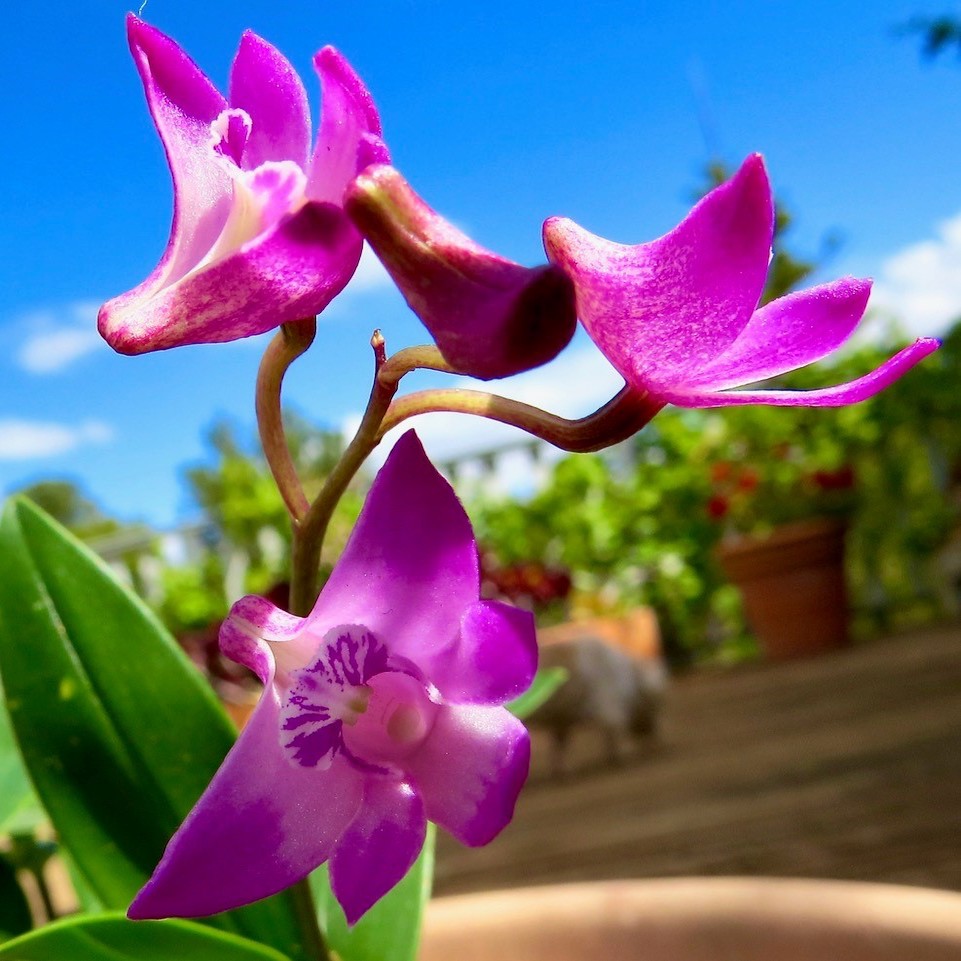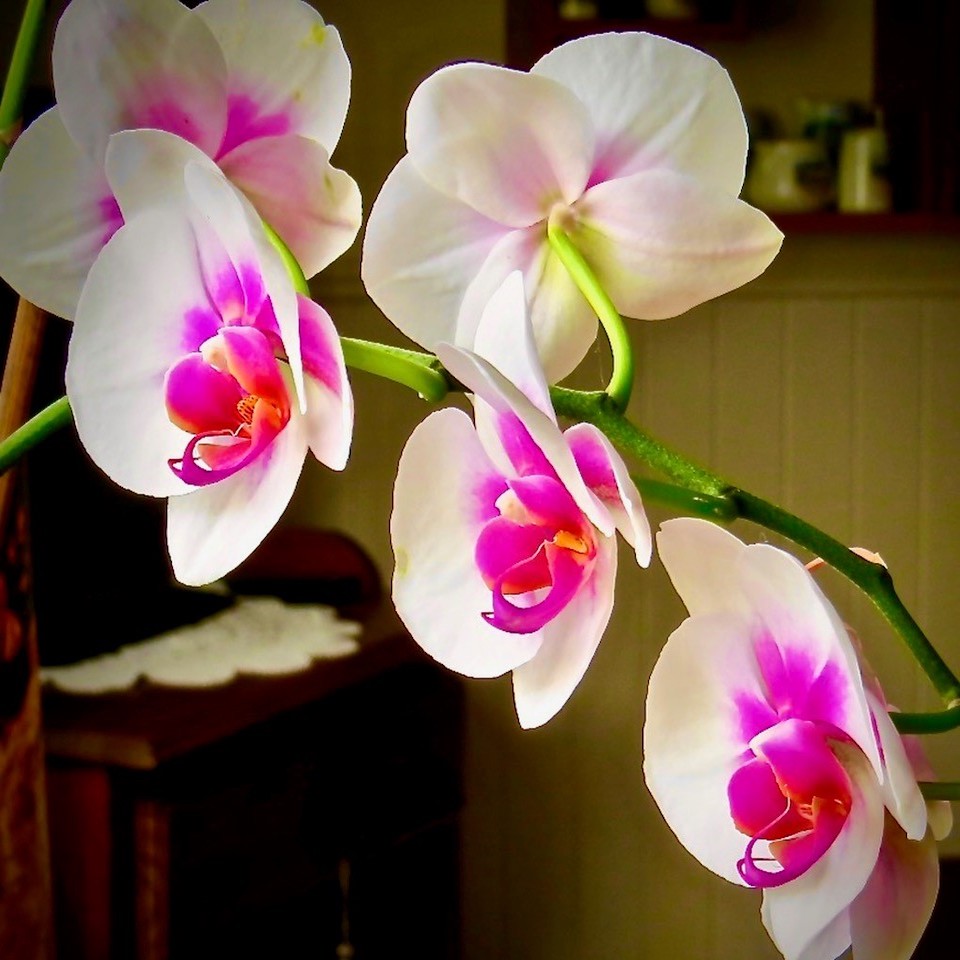June 22nd, 2020Glen about the house -Orchids for all
It was once considered that growing the prized gem of the tropical forests, the orchid, was only for the very wealthy. So rare and valuable were they that governments actually financed botanical expeditions to the tropical forests of Central and South America to source them.
It was purely a stroke of fate that in 1836 a Spanish expedition, about to be led by my great-grandfather, was abandoned at the last minute when the ship’s crew was struck down by typhoid fever. Just by chance he was able to obtain passage on another ship, the Gottfrei soon to depart for Melbourne, and the rest, as they say…
There are basically two distinct types of orchid. Terrestrial, the ground dwellers with many native varieties which can be found in our forests and woodlands, and the epiphytes, those that grow on other plants but are not parasitic, unlike mistletoe which draws its energy from the lifeblood of the host plant. They are the most prolific and spectacular and are found growing in tropical and other rain forests, either among the branches of trees or among the decomposing leaf litter at their base. It is from this foliage detritis that they draw their nourishment.
For more than a century the availability of these epiphytic orchids continued to rely on a trickle of small offsets (plantlets) being imported from their native environment until 1922 when Dr Lewis Knudson of Cornell University discovered a method of germinating orchid seeds in a sterile culture.
Since then modern technology including single cell reproduction has enabled not only their mass propagation, but the development of many new hybrid forms. Orchid breeding and cultivation has now reached the point where established flowering plants usually cost no more than most other flowering trees and shrubs.

Most orchids prefer to be grown under conditions replicating their home environment, usually in a shade or greenhouse, but many thrive in a well-lit spot indoors.
The most popular, in recent times, are the beautiful ubiquitous moth orchids, phalaenopsis blume, which magically appear on windowsills each Mothers Day and survive on watering via an ice cube placed in the top of their pot and a seasonal drop of liquid seaweed fertiliser to keep them flowering.
Orchids can be grown either in pots or baskets. The size of the container is important and should be only slightly larger than the root system of the plant itself. Generally the plant can be kept in the same container for several years before needing to be repotted into the next size pot. They thrive in an organically rich, open textured medium to avoid the risk of rotting.
Ideally the mix should be coarse-grained. One good mixture is two parts peat moss and rice hulls (I use the crumbled shells from my pistachio nuts), one part coarse sand and a light dressing of slow-release organic fertiliser pellets.
Regular feeding is essential for the development of healthy flower spikes, starting at the peak of flowering time and continuing until the new flower spikes appear.
It’s always a good idea to pick the flowers at their peak to give the plant a hand-up for the next season’s blooms. Besides, the flowers last longer in a vase.
As most orchids originate from rain forests, they grow best in a position of good air movement, filtered light and humidity. Water them by soaking the plant medium when leaf growth is active and a fine mist spray over the foliage in hot, drying weather. Keep them in a well-lit protected porch or warm shady corner of the garden.
Got a gardening question? Ask Glen. Email glenzgarden@gmail.com










